Fast-food chains thrive on quick bites and bold innovations, but not every new idea turns into a hit. Over the years, some menu items have missed the mark in spectacular fashion.
Here’s a look at 20 of the most memorable fast-food menu fails—each with its own quirky backstory and surprising outcome—that left both customers and companies scratching their heads.
1. McDonald’s McWrap
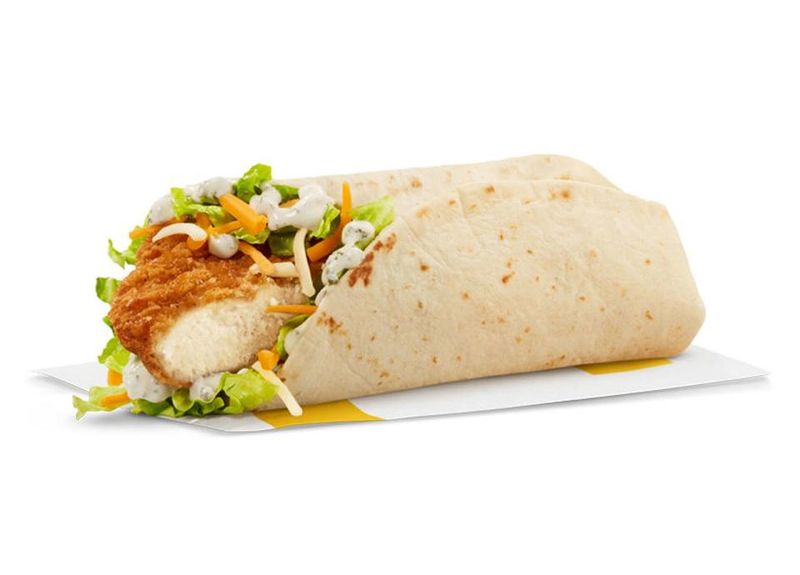
In an attempt to attract health-conscious diners, McDonald’s unveiled the McWrap. This was a bold move to incorporate fresh ingredients like lettuce and grilled chicken. However, it didn’t quite resonate with their usual customer base.
The McWrap seemed promising; it was deemed as a ‘substitute for a meal’. Despite the initial buzz, the wrap failed to capture lasting interest. Many customers preferred traditional burgers and fries, leading to its removal from the menu not long after its launch.
2. McDonald’s Mighty Wings
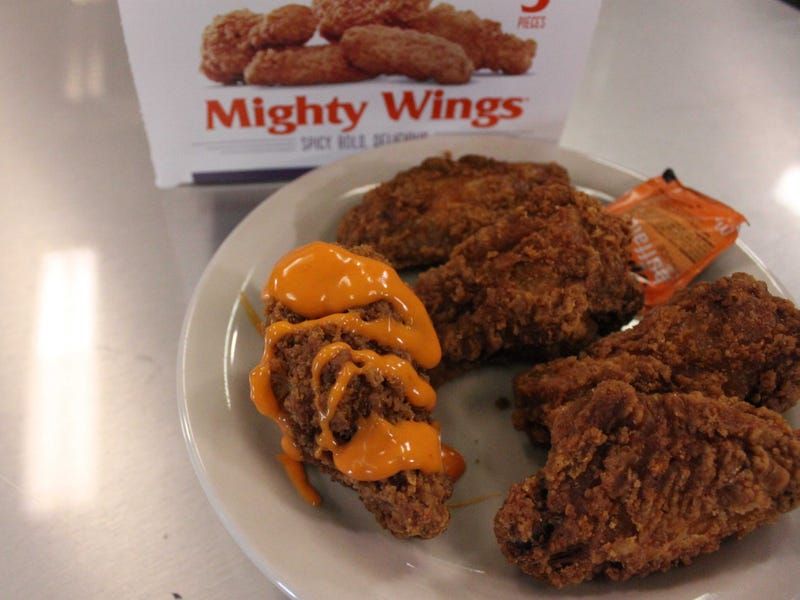
McDonald’s decided to spice up its menu by introducing Mighty Wings. These wings had a spicy kick that was meant to draw in fans of bold flavors. Interestingly, they were priced higher than typical McDonald’s items, which deterred budget-conscious customers.
The wings were also criticized for being too spicy and not living up to expectations. Consequently, the Mighty Wings were pulled from the menu after a short run, leaving behind a spicy memory in McDonald’s history.
3. Dairy Queen Breeze
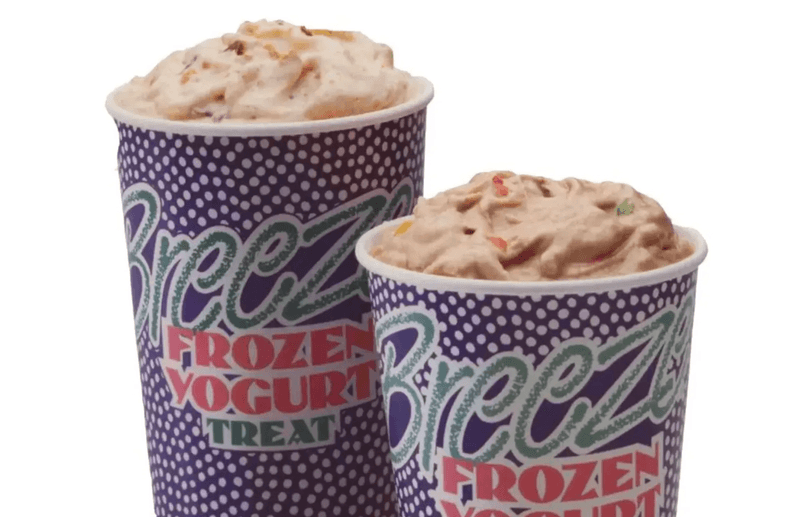
Dairy Queen aimed to offer a lighter treat with the Breeze, a yogurt-based dessert. This was an innovative twist on their classic Blizzard. Despite the good intentions, customers were not thrilled with the taste and texture compared to the original.
The Breeze was marketed as a healthier alternative but failed to gain the popularity that Dairy Queen had hoped for. Eventually, the Breeze vanished, leaving the Blizzard as the reigning champion of frozen delights.
4. A&W’s 1/3-Pound Burger
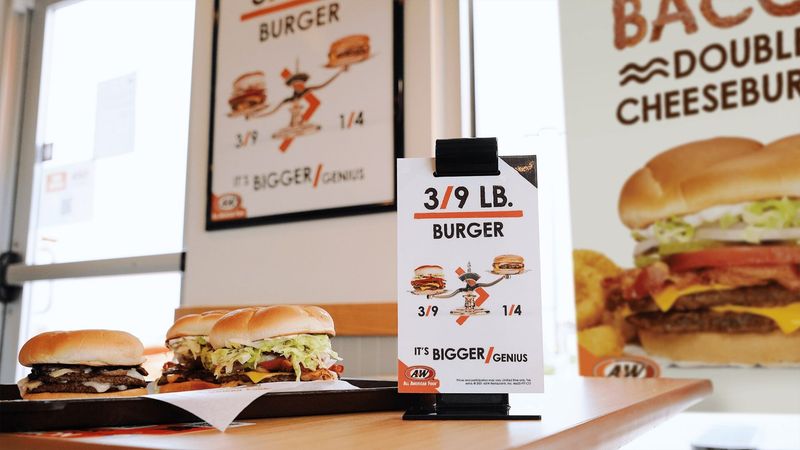
In an effort to outdo its competitors, A&W launched the 1/3-Pound Burger. This was intended to be a bigger and better option compared to the quarter-pound burgers. However, a surprising misunderstanding among customers led to its downfall.
Many mistakenly believed that 1/3 was smaller than 1/4. This miscalculation in perception led to poor sales. Despite being a superior product in size and taste, the burger was quietly phased out due to the confusion it caused.
5. Wendy’s Frescata Sandwiches
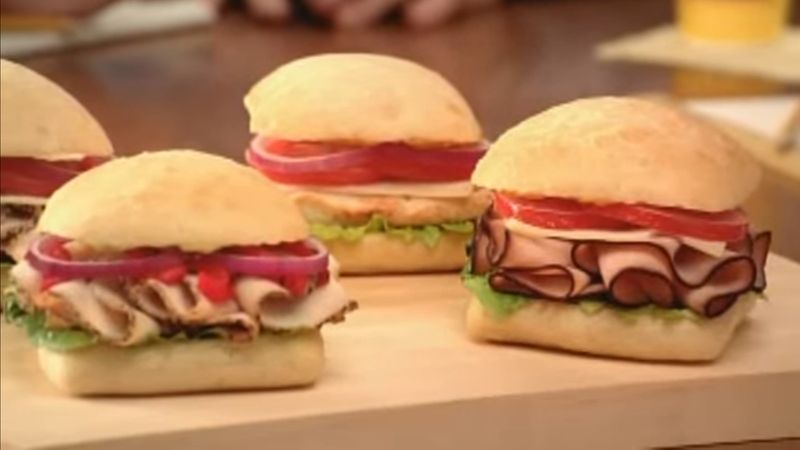
Wendy’s ventured into the world of deli-style sandwiches with the introduction of Frescata Sandwiches. These aimed to elevate the fast-food experience with fresh ingredients and artisan bread.
However, the complexity in preparation slowed down service times, which frustrated the fast-food clientele seeking quick meals. This delay in service contradicted the fast-food philosophy. Consequently, the Frescata Sandwiches were discontinued, and Wendy’s returned focus to their core offerings.
6. Burger King Halloween Whopper
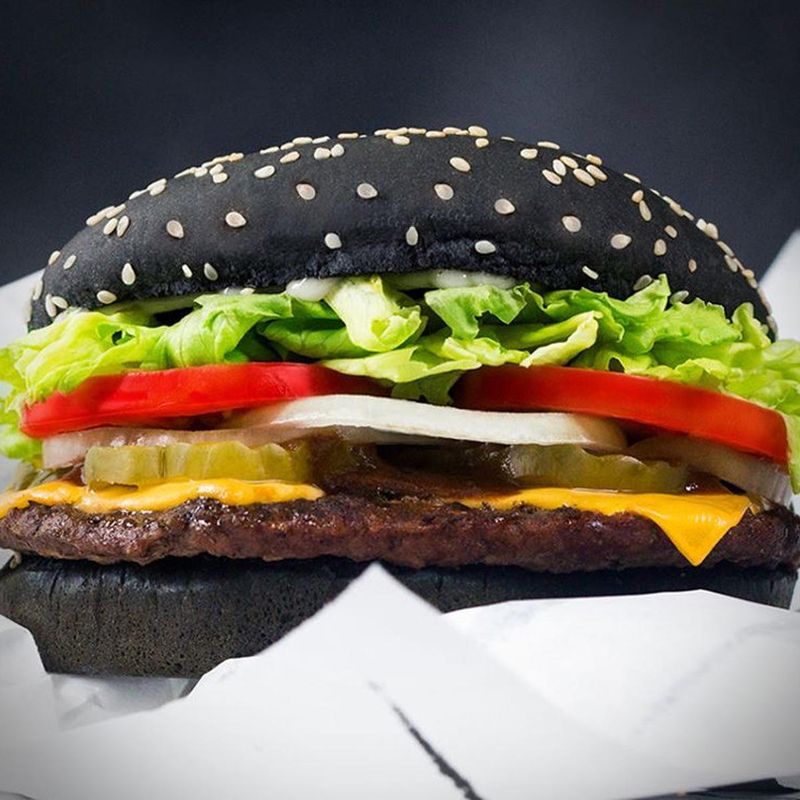
During Halloween, Burger King introduced the Halloween Whopper with an eye-catching black bun. The bun was colored with A1 sauce, adding a unique flavor. Although it attracted attention for its daring appearance, it left customers with an unexpected side effect: green-colored waste.
This peculiar result became a talking point, overshadowing the burger itself. Despite the initial excitement, the Halloween Whopper was a seasonal item that didn’t return for future Halloweens.
7. Chipotle Queso
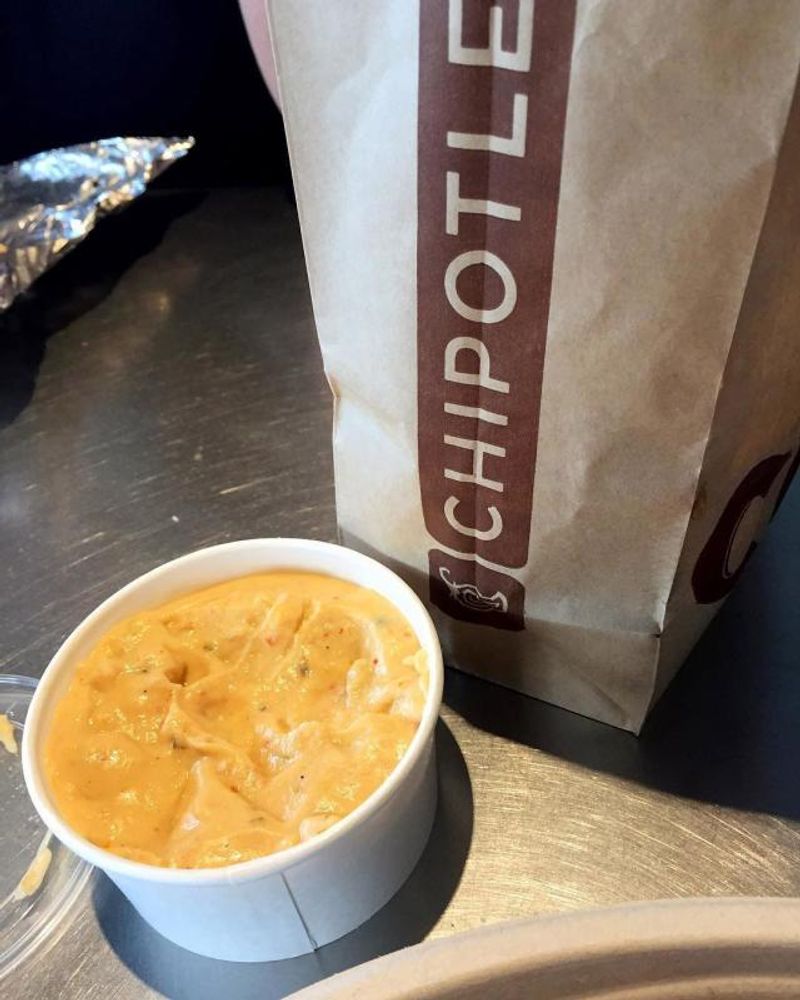
Chipotle ventured into new territory by adding Queso to their menu. Eager patrons were keen to try this addition. However, the Queso’s grainy texture and lackluster taste led to widespread disappointment. It failed to meet the high expectations set by Chipotle’s other menu items.
Although the idea seemed promising, it was unable to compete with the creamy, flavorful Queso from other establishments. As a result, Chipotle’s Queso was revamped to better meet customer tastes.
8. Friendly’s Grilled Cheese Burger Melt
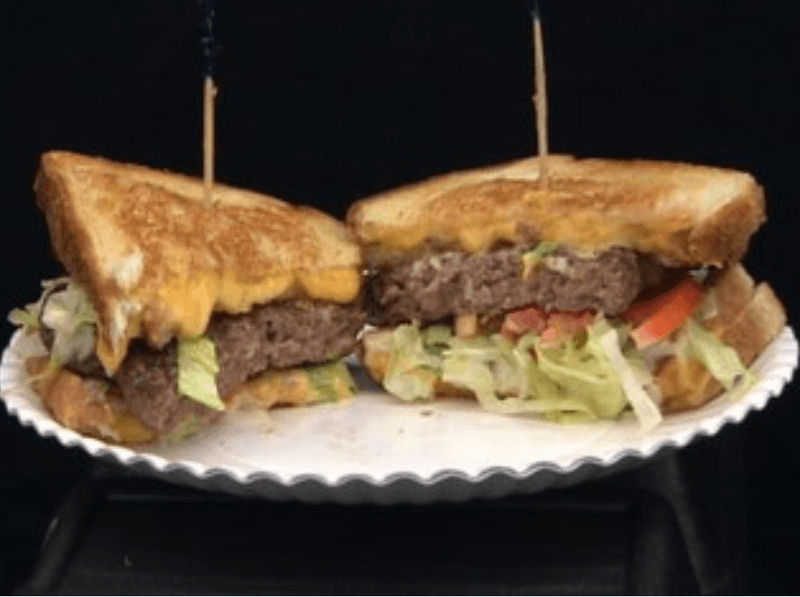
Combining two beloved comfort foods, Friendly’s introduced the Grilled Cheese Burger Melt. This indulgent creation featured a burger sandwiched between two grilled cheese sandwiches. Though it sounded like a dream come true, the calorie count was a nightmare for health-conscious diners.
The dish was heavily criticized for its excessive nature. Despite the initial curiosity, the Grilled Cheese Burger Melt was soon retired, as it was more of a novelty than a sustainable menu item.
9. Long John Silver’s Big Catch Meal
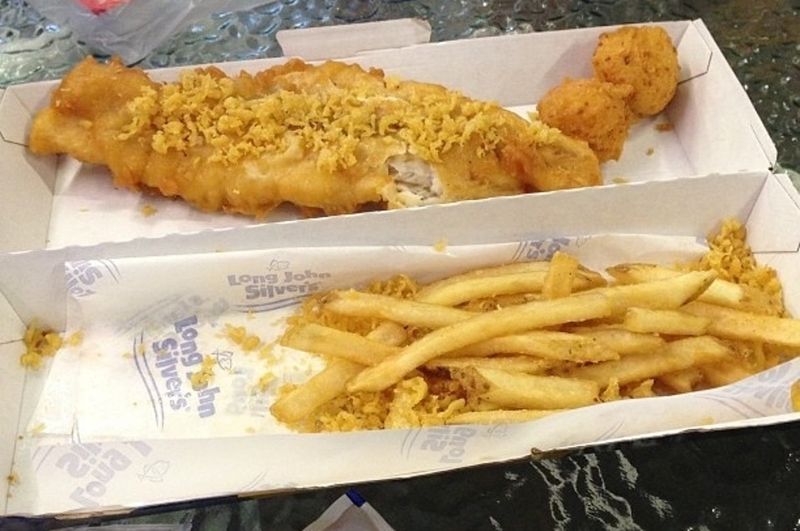
Long John Silver’s attempted to make waves with the Big Catch Meal, which boasted a large portion of fried fish. The meal was promoted as a hearty choice for seafood lovers. However, it quickly gained notoriety for its high-calorie content and unhealthy profile.
The backlash from health advocates was swift, and it was labeled as one of the worst meals in America. Due to negative publicity, the Big Catch Meal was reeled in and cut from the menu.
10. McDonald’s Arch Deluxe
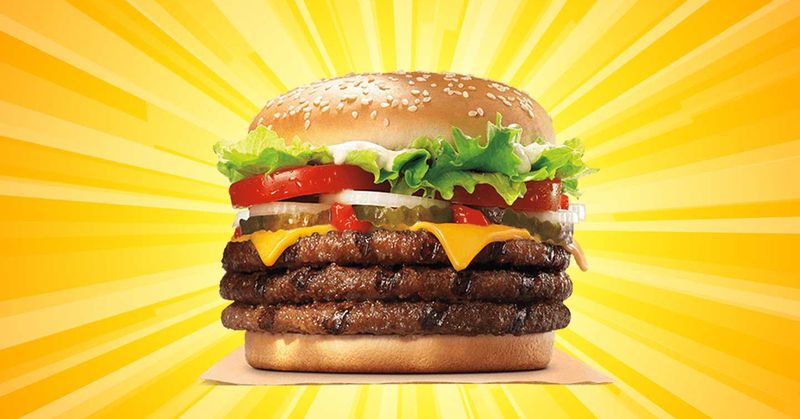
In the 1990s, McDonald’s aimed at an adult audience with the Arch Deluxe. Marketed as a sophisticated burger, it featured a unique sauce and a fancy onion roll. Despite a hefty advertising campaign, the burger struggled to find its niche.
Adults weren’t drawn to McDonald’s for sophistication, preferring the simplicity of classic offerings. Consequently, the Arch Deluxe became a costly lesson in brand identity, and it was quietly retired from the menu.
11. Pizza Hut ‘Flavor of Now’ Menu
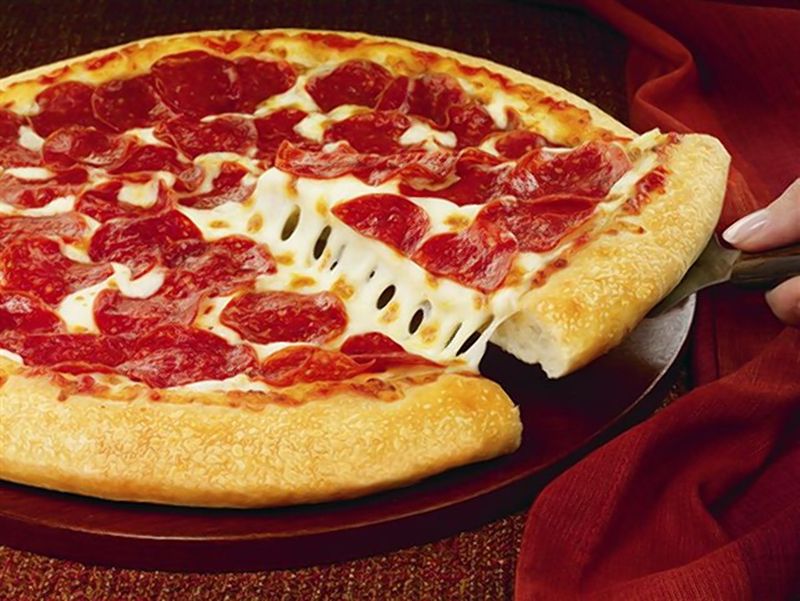
Pizza Hut embarked on a culinary journey with their ‘Flavor of Now’ menu. This introduction sought to invigorate their offerings with diverse toppings and crust flavors. Despite the creative effort, the menu overwhelmed customers accustomed to traditional choices.
The ambitious variety led to inconsistency in taste and preparation. The ‘Flavor of Now’ failed to establish a lasting presence and was eventually scaled back, allowing Pizza Hut to focus on the classics that made them famous.
12. Burger King Enormous Omelette Sandwich
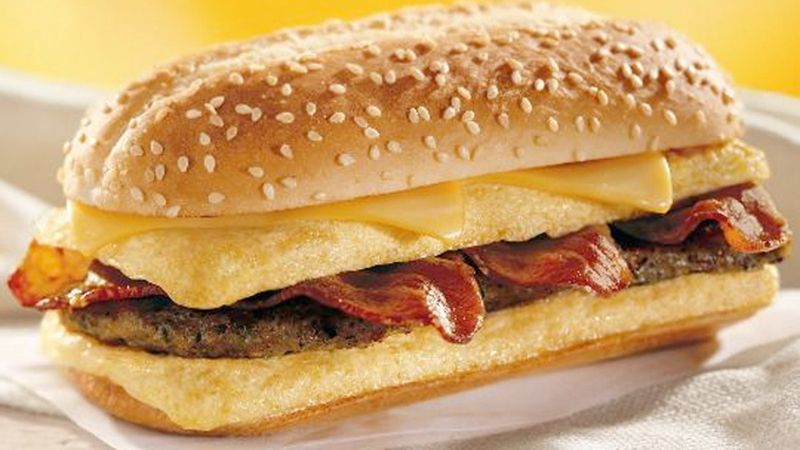
Burger King sought to dominate breakfast with the Enormous Omelette Sandwich. This colossal creation featured eggs, ham, and cheese. While it promised a hearty start to the day, the extreme calorie count alarmed many. The sandwich was seen as excessive even by fast-food standards.
Though it captured attention, the Enormous Omelette Sandwich quickly faded into obscurity, as customers opted for lighter morning options.
13. McDonald’s Pizza
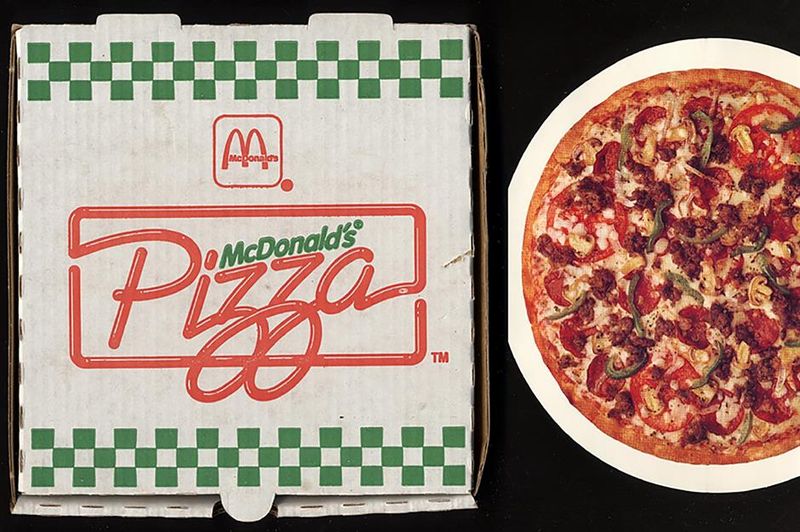
In a daring move, McDonald’s tried its hand at pizza. The idea was to provide a family-friendly option beyond burgers. However, logistical challenges arose, as the preparation time clashed with the fast-food model.
The pizza was neither quick nor unique enough to stand out in a crowded market. Despite the novelty, McDonald’s Pizza was a fleeting phase, remembered by few and missed by fewer.
14. Burger King Satisfries
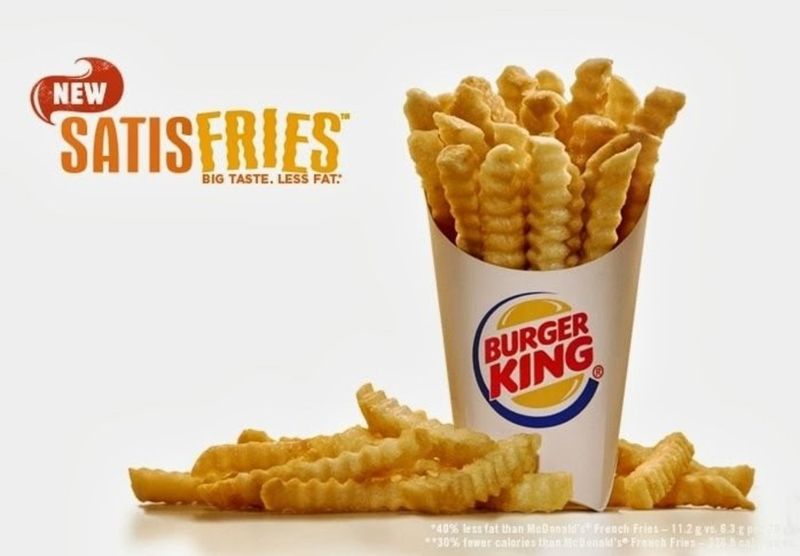
Burger King attempted to revolutionize fries with Satisfries. These crinkle-cut fries promised less fat and fewer calories. Initially, health-conscious customers were intrigued by this guilt-free option. However, the fries were discontinued due to high costs and mediocre sales.
Though healthier, they didn’t quite match the taste expectations of traditional fries. Satisfries became a short-lived attempt at balancing indulgence with wellness.
15. Wendy’s Superbar
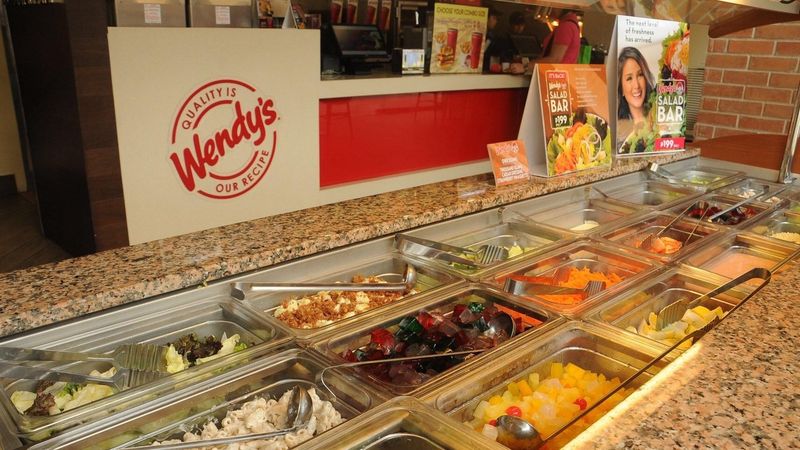
In the late 80s, Wendy’s introduced the Superbar, a buffet-style offering featuring salads, pasta, and desserts. This ambitious concept promised variety and value. However, maintaining quality and cleanliness proved challenging.
The logistics of a self-serve bar clashed with fast-food efficiency. Ultimately, the Superbar was dismantled, marking an end to Wendy’s foray into buffet dining.
16. McDonald’s McLean Deluxe
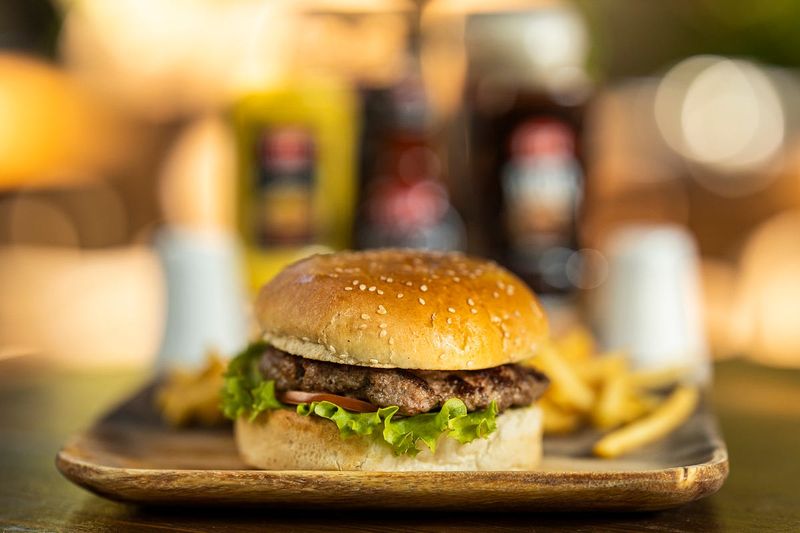
In an attempt to offer a healthier burger, McDonald’s launched the McLean Deluxe. It featured a lean beef patty with reduced fat content. However, the taste was compromised, as it lacked the juiciness of traditional burgers.
This unappealing flavor profile led to its downfall. Despite the health-conscious angle, customers preferred the classic taste of indulgence. The McLean Deluxe became a forgotten chapter in McDonald’s quest for healthy options.
17. Taco Bell Seafood Salad
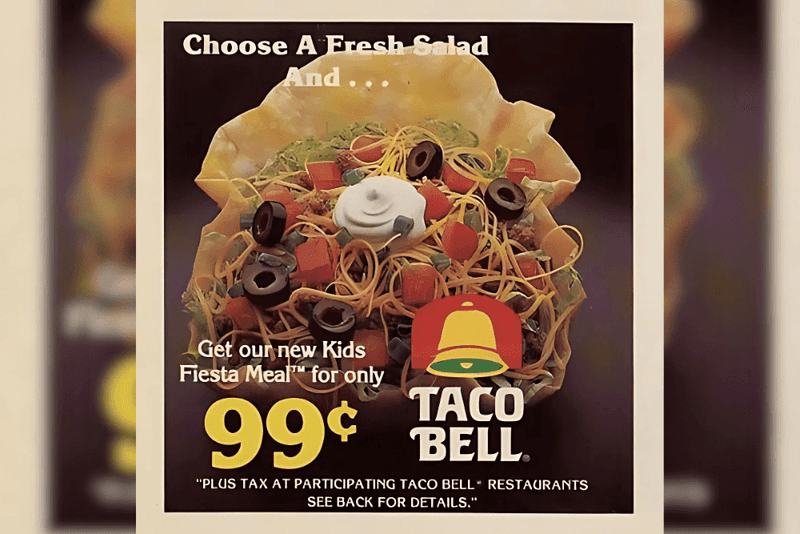
In an adventurous move, Taco Bell offered a Seafood Salad, diverging from its usual Mexican-inspired fare. While creative, this seafood twist didn’t sit well with the public. Concerns over freshness and taste emerged quickly.
The unfamiliar combination failed to resonate with Taco Bell’s customer base, known for craving tacos and burritos. As expected, the Seafood Salad was short-lived, making way for more traditional offerings.
18. Pizza Hut Priazzo
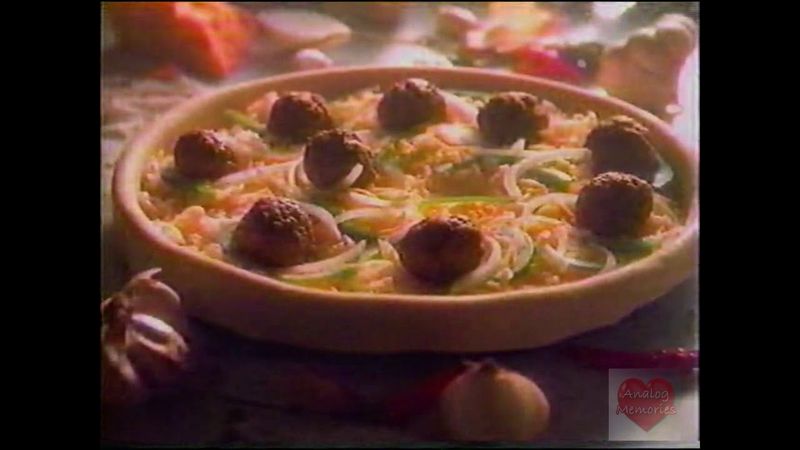
During the 80s, Pizza Hut introduced the Priazzo, a deep-dish pizza with layers of toppings. Inspired by Italian pies, it promised a hearty meal. However, the preparation time was lengthy, conflicting with the chain’s quick-service model.
The complexity of the Priazzo didn’t align with fast-food expectations, causing it to be pulled from the menu. This ambitious project remains a nostalgic memory for those who experienced it.
19. McDonald’s McDLT
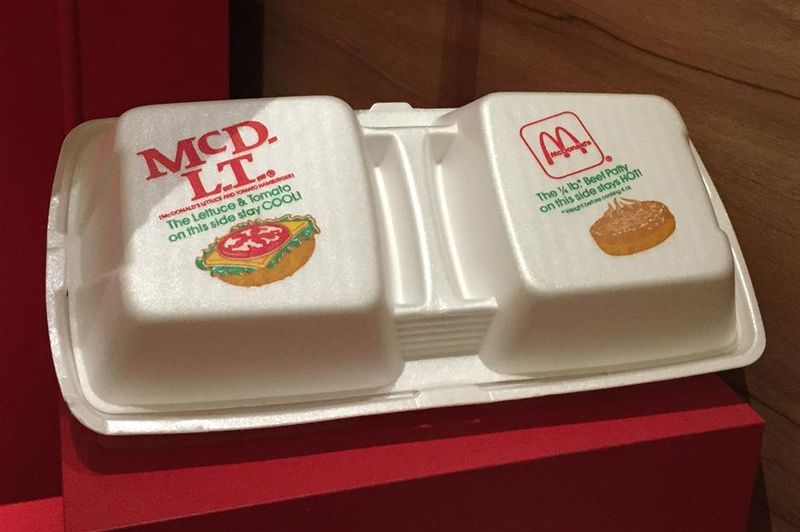
In a unique approach, McDonald’s introduced the McDLT, designed to keep hot and cold ingredients separate. This packaging innovation aimed to preserve freshness. However, the complexity of assembling the burger deterred customers seeking convenience.
The McDLT’s memorable slogan, “Keep the hot side hot, and the cool side cool,” became its legacy. Eventually, the McDLT was discontinued, leaving behind a quirky chapter in McDonald’s history.
20. McDonald’s Hula Burger
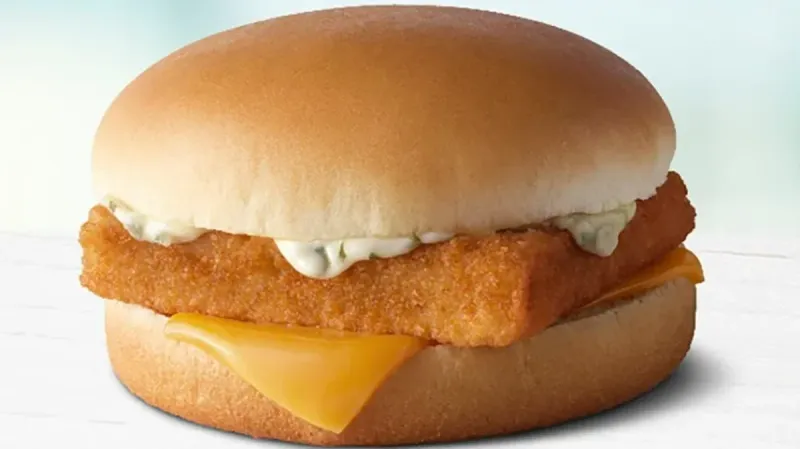
In an attempt to cater to non-meat eaters, McDonald’s introduced the Hula Burger featuring a grilled pineapple slice. While the idea was novel, it failed to satisfy the taste buds of burger enthusiasts.
The sweet and savory combination did not resonate as expected. Consequently, the Hula Burger was overshadowed by the more successful Filet-O-Fish, leading to its swift removal from the menu.
Leave a comment